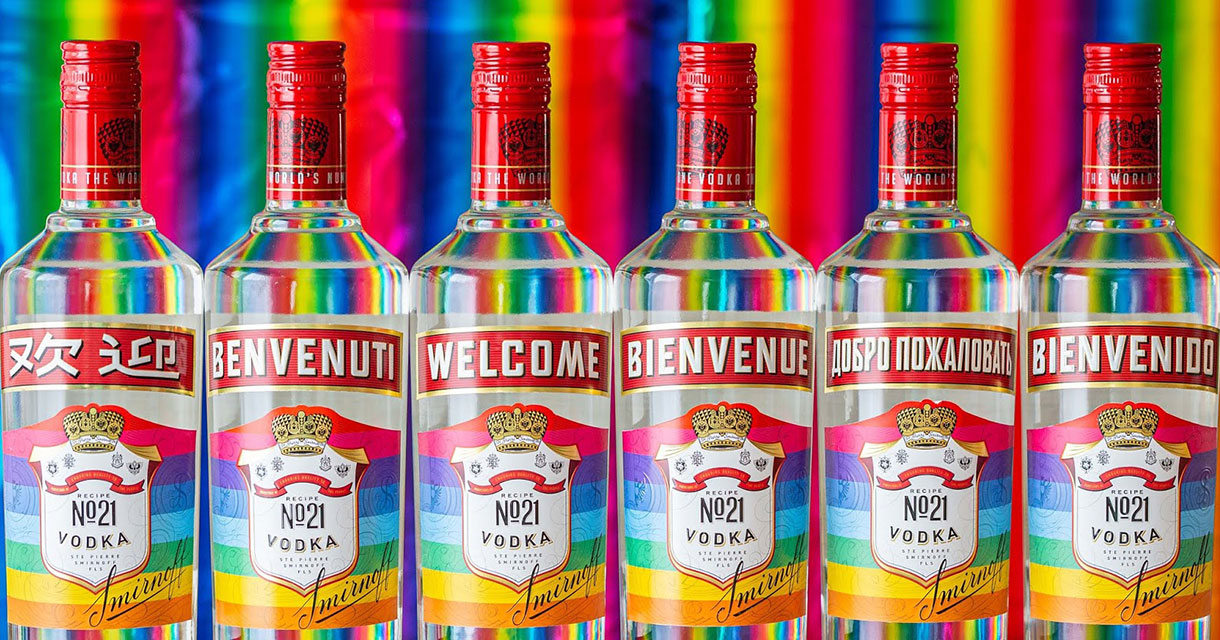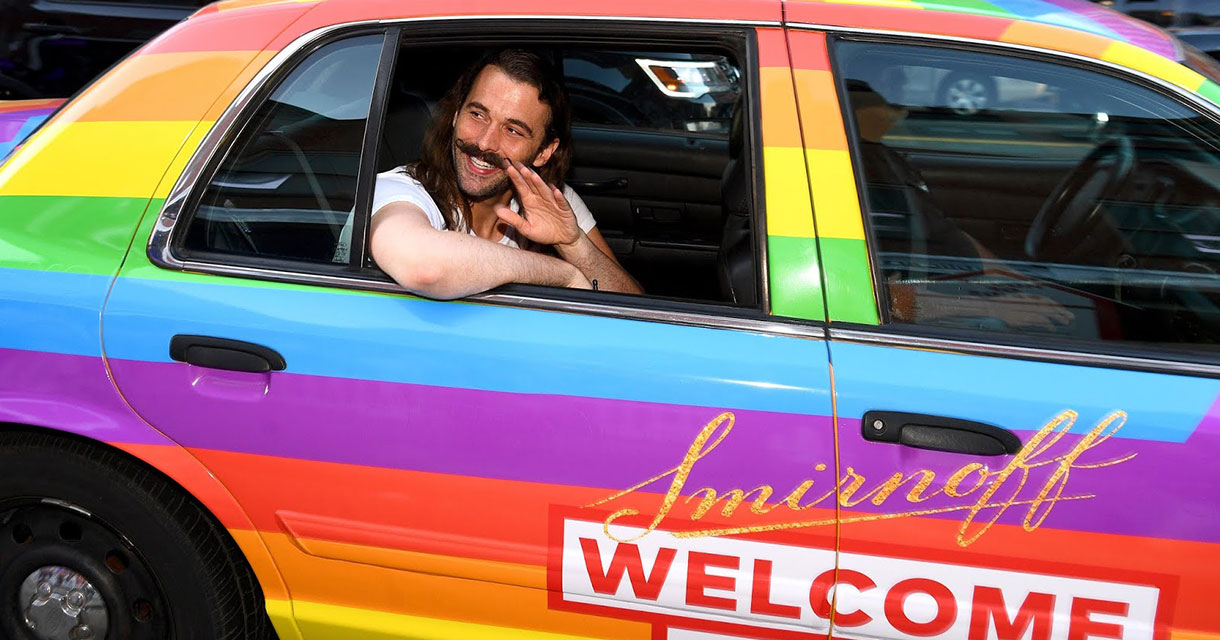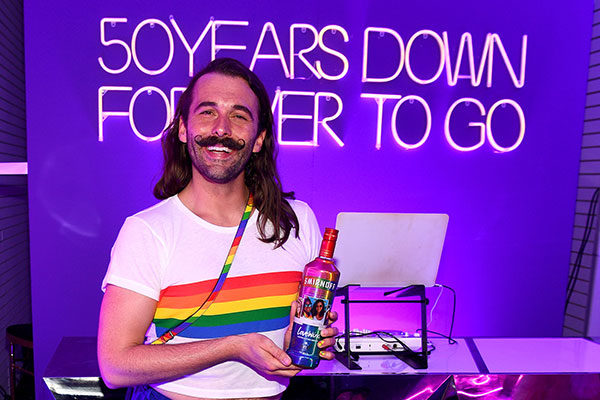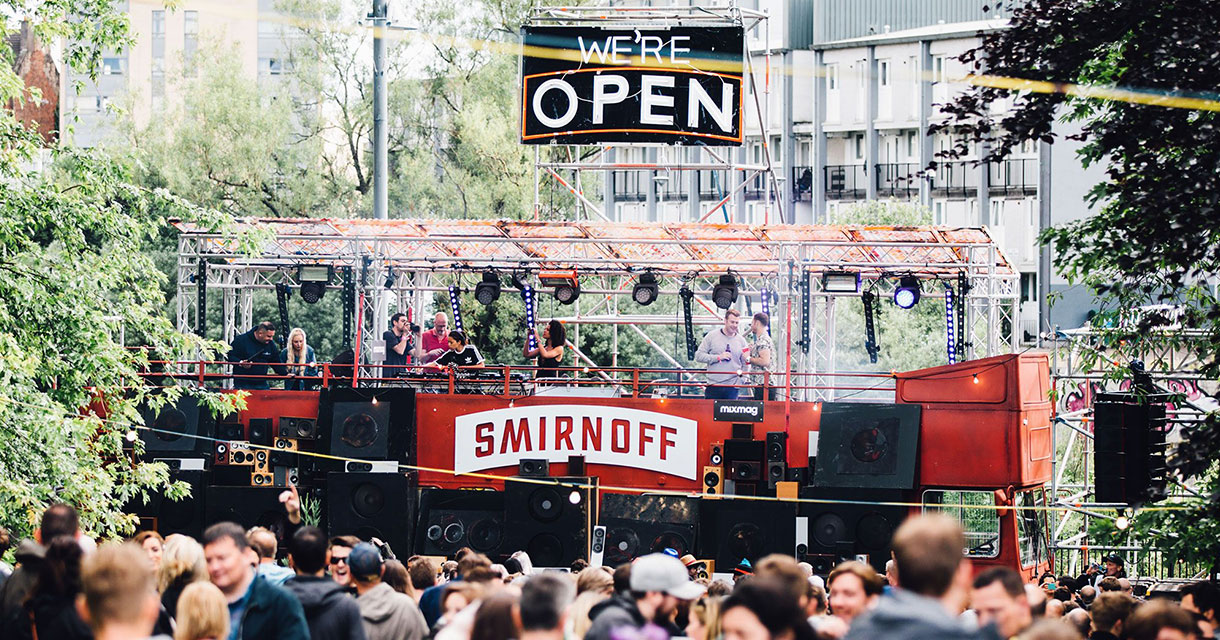Experiential Meets Digital: Competing in the Attention Economy

The modern consumer is savvier than their predecessors in the attention economy…
Nobel prize-winning economist Herbert A. Simon is credited as the first person to describe what we now call the attention economy, a theory that treats human attention as a scarce resource that is vigorously fought for in the marketplace. This concept has grown in relevance in lockstep with the current content marketing revolution.
The modern consumer is savvier than their predecessors, less tolerant of naked grabs for their pocketbook, and predisposed to ignoring overly familiar advertising messages. However, while consumers reject hard sales tactics, they will pay attention if you have a good story to tell, and they might even do business with you… if they like what you have to say.
Attention, Please!
Brands and organizations of every stripe are shifting their approach and abandoning old, interrupting, exclusively outbound methods. Instead, they are competing for attention with a wider toolkit. They are creating experiences, both online and off, that consumers happily opt into, rather than actively avoid.
A recent study found that 38-percent of surveyed marketers reported that experiential was the single most successful tactic at their disposal.
Not all attention is equally valuable, however. According to market researchers at Kantar Futures, the model that best describes consumer attention today is widely fluctuating or ‘torrential engagement.’ We’re either fully focused, mass binging entire seasons of a show on Netflix, or barely paying attention, just scrolling down an endless feed-in zombie-like fashion.
Obviously, one state of mind is more valuable to marketers than the other. That’s why immersion, pulling the consumer out of their current surroundings and into the world of your story, is a hot topic. It’s a great way to ensure you have your audience’s full attention.
Every brand has a story, but now the question is: who has the best, most innovative, most shareable story to tell. That’s why immersive experiences that connect organically to digital platforms built to distribute and discuss them are so valuable right now.
You’re Welcome
Smirnoff vodka took all these lessons to heart recently for a clever campaign that blended digital and experiential approaches like a well-made cocktail. The “Welcome Home” campaign culminated in a one-day pop-up experience during New York City’s LGBTQ Pride Month in June.
The month of June was first dedicated to LGBTQ pride in remembrance of the 1969 Stonewall Uprising, a reaction to police raids at the Stonewall Inn, a gay bar in Greenwich Village. Since then, Pride Month, as it has become known, has grown both in stature and scale.
For 2019, the 50th anniversary of Stonewall, New York City held the largest Pride celebration in the world.
The pride message is: live your truth, be who you are, and you belong. Smirnoff adapted those ideals into “Welcome Home,” a timely and resonant campaign that promised New Yorkers that “Pride is a home where everyone is welcome.”
The campaign centered around a limited edition series of Smirnoff vodka bottles where the brand’s name was replaced with the word “Welcome” in several languages. Additionally, Orange Is the New Black star and LGBTQ advocate Laverne Cox launched a video series welcoming the world to New York for the Pride celebration for Smirnoff, and drag icon Alyssa Edwards was the star of the vodka brand’s float in the NYC Pride March on June 30.
Pride Thrives Online and Off
For the experiential and immersive component, Smirnoff adapted its popular Smirnoff House, a rollicking temporary club that has popped up all over the world since 2016, into the House of Pride.
Host and brand ambassador Jonathan Van Ness, famed grooming expert on Netflix’s Queer Eye, arrived to the scene in a rainbow-painted taxi to officially invite all comers (as long as they were of drinking age) to explore six gloriously Instagramable rooms that paid homage to the history of the LGBTQ movement.
DJ Timo Weiland filled the location with an electric atmosphere as guests snapped photos of themselves exploring the themed rooms. Each was a different color of the rainbow. The yellow room was dedicated to the trans and drag communities, the red to the issue of privacy (it had the words “our bedroom, our business” written on the wall.
Pics of the pop-up spread widely on Smirnoff’s official Facebook, Instagram, and Twitter channels, as well as on the social pages of attendees, and the House of Pride was itself the backdrop for the accompanying video series and commercials.



Worth Standing For
To prove their commitment to the LGBTQ movement, Smirnoff capped off “Welcome Home” with a $1.5 million donation to the Human Rights Campaign (HRC), the largest U.S. gay civil rights organization.
“Inclusivity is a part of our brand’s DNA. We have always believed that Smirnoff should be enjoyed by everyone, no matter what you look like, where you live, what your background is or who you love. We know how important it is to support LGBTQ efforts across the entire nation.”
Though that money will likely do real good, tying their campaign to a meaningful donation was also a shrewd use of cause marketing for Smirnoff, especially in light of the fact that a growing number of consumers are so-called “belief-driven buyers,” meaning they expect their brands of choice to take a stand on social issues.
Human Experiences, Digitally Augmented
What made Smirnoff’s campaign so successful wasn’t just good timing and execution (although those are always crucial), it was a holistic approach that translates equally well to both physical and digital touchpoints. Fans of the brand could enjoy the experience in person, share their excitement online, and drastically improve its reach.
Our digital lives absorb a lot of focus these days, if only because they keep growing richer and more complex all the time, but we shouldn’t forget the undeniable power of in-person interaction.
The rise of digital experiences, if anything, has elevated human interaction and made it more meaningful and more precious.
True, live, human experiences are memorable, they generate consuming emotional reactions, and create lasting bonds. They are sure ways to win mindshare in the attention economy. When you combine that evocative power with the speed, flexibility, and massive reach of digital experiences, you’ve created something that can’t be ignored.

We are a unique collective of ambitious makers, doers, and dreamers that work as one to push forward the power of what’s possible.
FG|PG was founded nearly 21 years ago. Today we’re one of the largest woman-owned, WBENC Certified, live, hybrid and virtual experiential agencies in the US. That trajectory isn’t accidental. It’s the result of a commitment to continually evolve, to never stop learning, and to always listen to our clients’ needs.